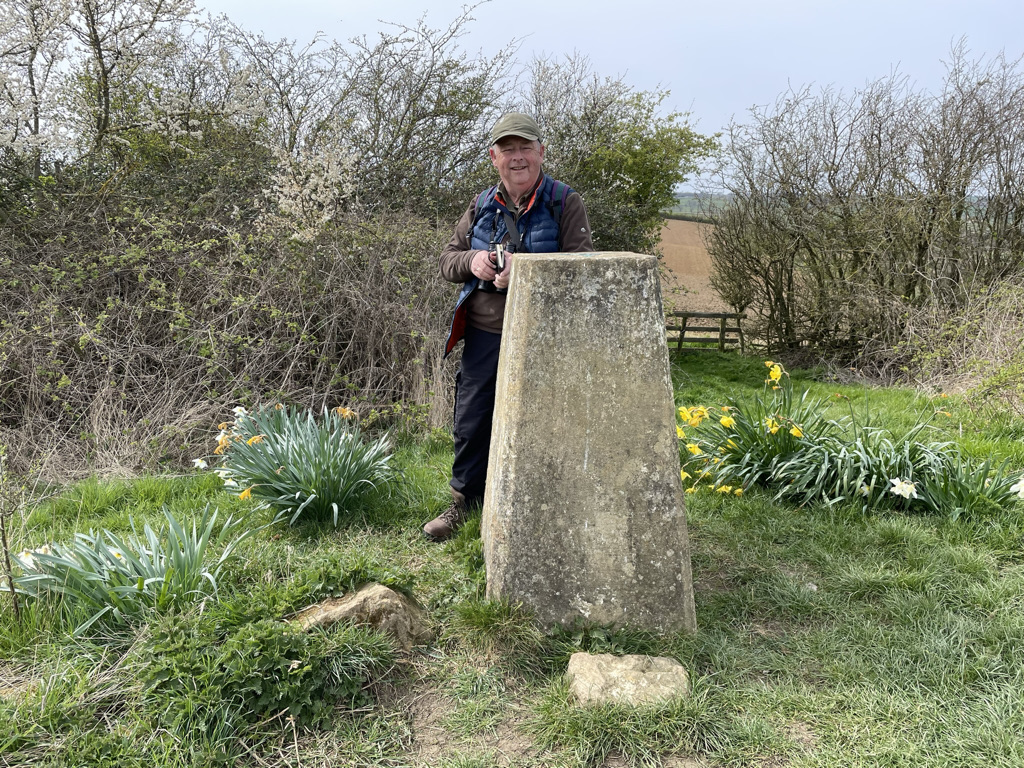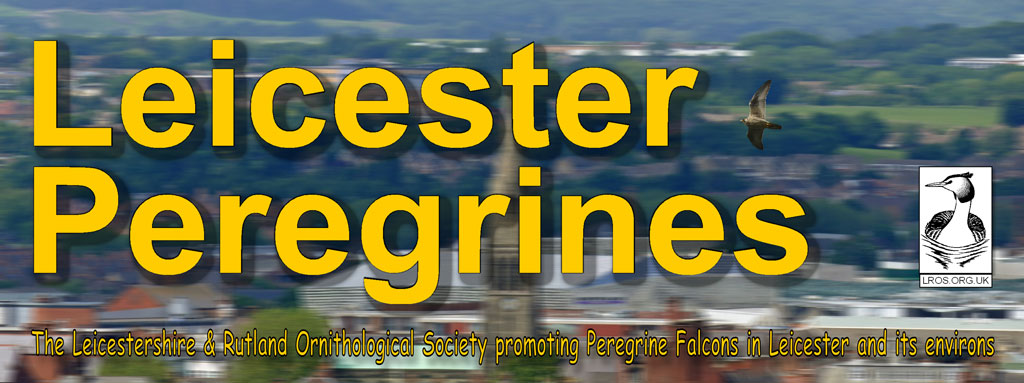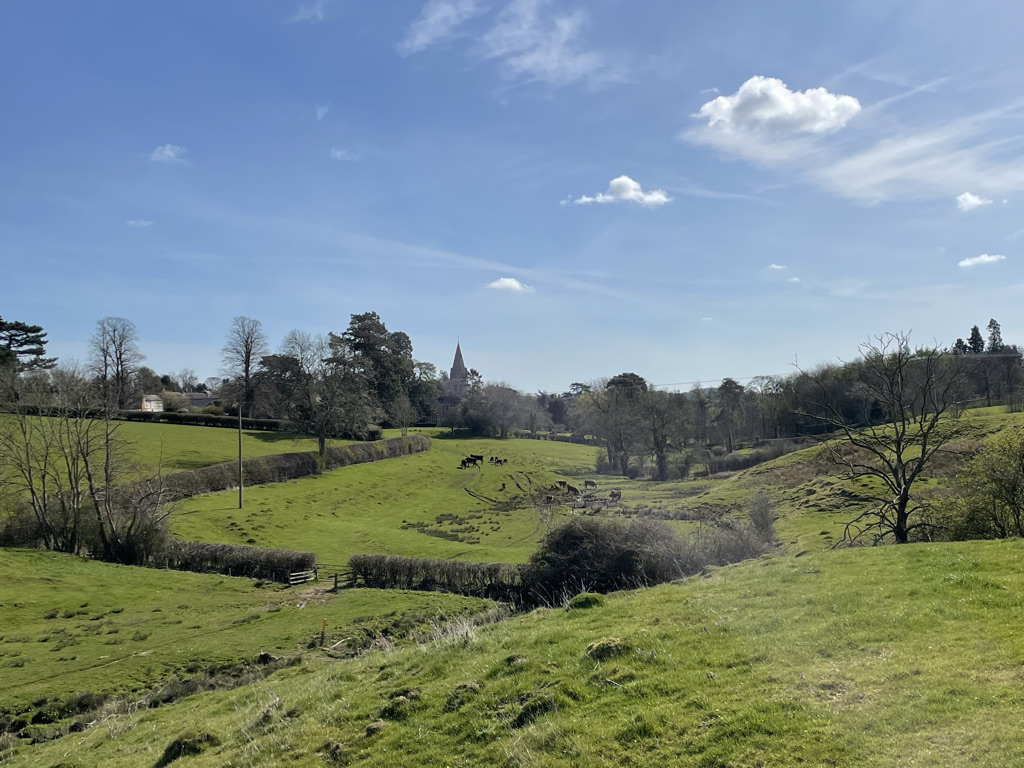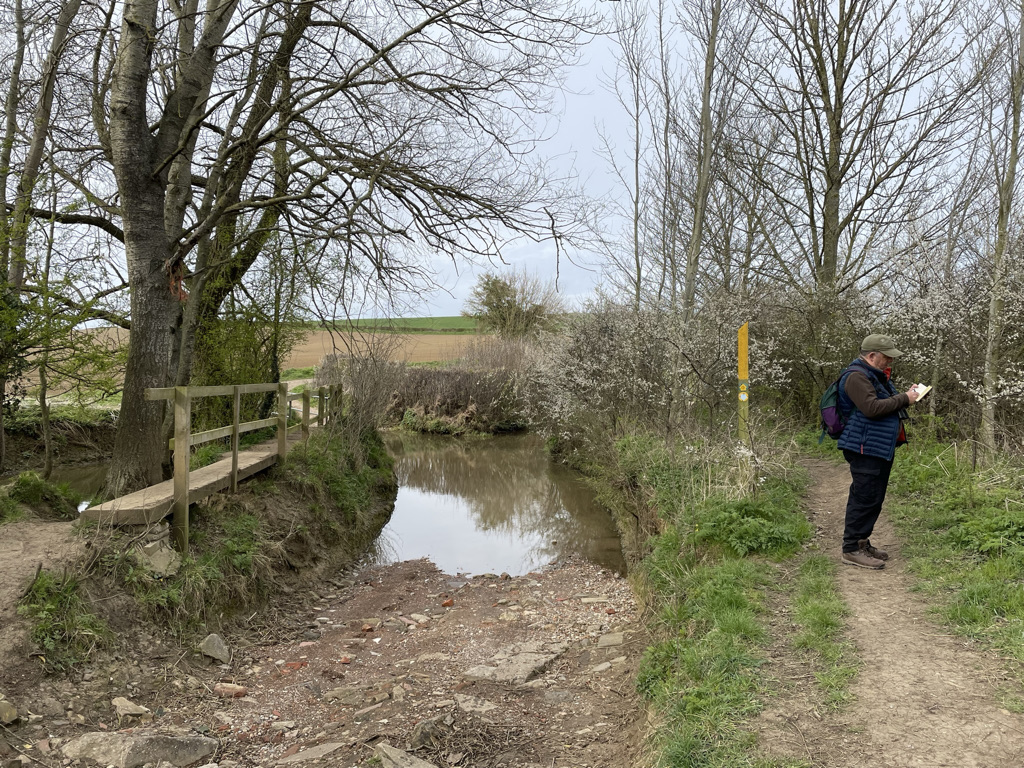Birding the Leicestershire Round
Section Five: Hallaton to Foxton, Sunday 10th April 2022
Participants: Jim, Sue and Bruce (to Glooston).
The two-car arrangement which had thus far served us well went a little awry on our drive from Foxton back to the start of our next section at Hallaton. The Sat Nav, in its infinite wisdom decided to take us around two sides of a triangular route instead of cutting across, resulting in a considerably longer journey and a patiently waiting Bruce by the village duck pond. Fortunately, it was a glorious sunny morning and the antics of the local Mallard population had been keeping Bruce well entertained until we got there. The familiar commotion of Jackdaw, Rook and House Sparrow blended with wheezing Greenfinch, singing Robin, Wren, Blue Tit, Woodpigeon, Collared Dove, Chiffchaff and Chaffinch greeted our arrival and we spent another five minutes or so by the pond, absorbing this avian orchestra, before beginning our walk. Bruce was on his home ground here, so the map was hardly needed as we wove our way through Hallaton and into lush green pastures surrounding the village.
Descending to Horseclose Spinney and climbing again to Othorpe House and the site of the Medieval village of Othorpe, Buzzard and Red Kite soon appeared, together with Stock Dove, Starling, Mistle Thrush and Blackbird. In amongst the hedgerows, the contact calls of Yellowhammer were heard and further along, the yaffle of a Green Woodpecker emanated from a nearby copse. A flock of 60 Fieldfare was a welcome sight as we approached Cranoe, together with many singing Skylarks. Evidence of mammals for the day included an enormous Badgers’ sett, numerous Molehills and several Rabbits.
A singing Reed Bunting was added to our list on the pleasant route between Cranoe and Glooston along Church Hill Road. Historically, Bruce had recorded Willow Tit in this area, but alas none had been seen in recent years.
On arriving at Glooston in the warm spring sunshine, it was such a shame to see The Old Barn Inn closed and derelict, when as late as 2018, it had been buzzing with life. It was here that we said our farewells to Bruce as he decided to make his way back home. He had originally planned to accompany us a little further, but rapidly realised that at the birding pace we were going, it was probably going to take us another hour to walk a mile to the next village!
After taking a last wistful look at the Old Barn Inn, we continued our walk past the little church and onwards to Stonton Wyville. A pause at a small sewage works produced numerous Blackbird, Robin, Yellowhammer, Goldfinch, Chiffchaff and House Sparrow. Then as the pastures gave way to wheat and bean fields, Pheasant became plentiful, several Linnet flew overhead, and we recorded our first Blackcap of the day.
Our path then climbed onto the Langton Caudle, where we were hopeful of spotting a few spring migrants. However, due to persistent northerly winds, coupled with extensive stretches of barren, ploughed fields on the north-west ascent, our optimism was somewhat dampened, and it wasn’t until we reached the trig point that the once familiar grassland reappeared. The only significant sign of life we saw from here was a large Rabbit warren on Crossbarrow Hill to the north.
An altogether different scene emerged as we took lunch on the southern slope of the Caudle amongst the shelter of gorse bushes and surveyed the scenic valley towards the Langton villages. As we sat admiring the view, Peacock butterflies and a Dark-edged Bee-fly flitted around us and the songs of Blackcap, Chaffinch, Blue Tit, Blackbird and Skylark filled the air in stark contrast to the paucity of life on the opposite side of the hill. It was here that we had a new record for the day – three Marsh Tit, seemingly in territorial dispute.

Following the line of the valley and a small stream, we eventually arrived at Thorpe Langton with a similar mix of passerines en route together with several small Rookeries, more Buzzard and Red Kite.
We then crossed a series of agricultural fields due west to East Langton, then turned south to pass under the main Leicester to St Pancras railway line and cross the busy A6 in the valley of the Langton Brook. To the left our noses picked up the unpleasant aroma of a meat-rendering factory on the near horizon, but this complex of buildings played host to six circling Red Kite, before five settled in one of the surrounding trees, their mewing calls caught in the breeze.
The last stretch into Foxton was accompanied by hazier skies and a cooler wind, but our path alongside the hedgerows revealed a host of Yellowhammer, Reed Bunting and Linnet to guide us into the village, together with the last Skylark and Buzzard of the day.

We rounded off the walk with a much-welcomed drink in the Black Horse Pub, before returning home to give our feet a good old soak!
No new birds again on this section of the Round with one notable omission so far being Kingfisher. Perhaps we would have better luck on the next leg of our journey!





